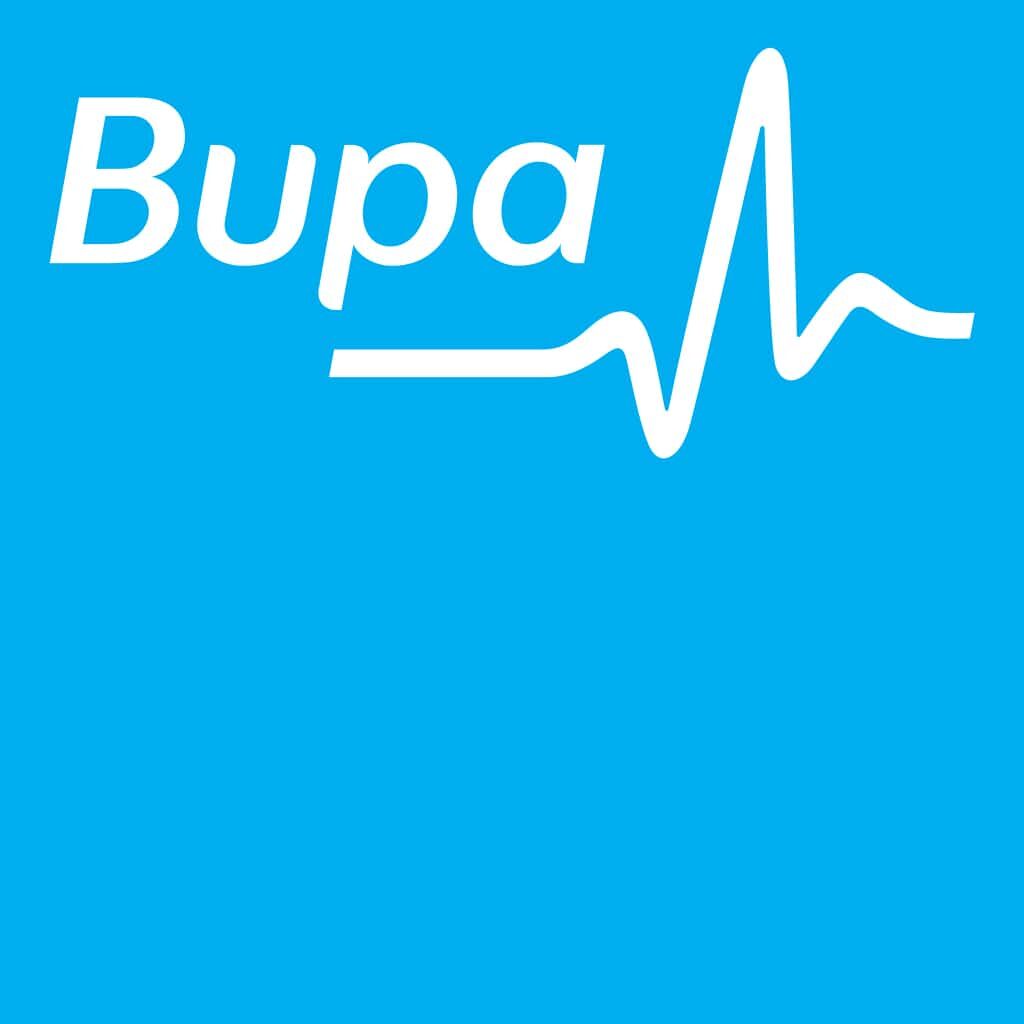Dry Needling/Acupuncture
What to expect and how it works
What to expect and how it works
Dry needling and acupuncture both use very fine filiform stainless steel needles, they are single-use, sterile needles to ensure excellent hygiene. The needles are so fine that they are normally felt only slightly as we put them in and almost never felt when taken out. Some people feel very little when the needle is in, whilst others feel variable sensations, including a twitch in the muscle or a deep therapeutic ache that may travel away from the site of the needle. Occasionally, the needle does cause pain, in which case the needle is instantly removed and the pain resolves. For those with a needle phobia or just a dislike or mild reticence, we will not use needles. As we have many methods of treatment, there is always another option.
Although often used interchangeably, the terms dry needling and acupuncture have different meanings. At Twyford Chiropractic Clinic, we use dry needling.
Acupuncture is the term used to describe the use of needles in traditional Chinese medicine. Needles are used to unblock the flow of vital energy called qi, along meridian or channels. If Clare or Gail think this type of treatment would be more appropriate for you, we can recommend excellent acupuncturists.
In dry needling, we insert needles into tight muscles, trigger points, tendons and ligaments around the joints. This relieves pain by stimulating nerve receptors, nerve fibres and nerve endings in the skin, muscle and connective tissue. They also block the transmission of pain signals and alter pain perception by stimulating the release of neurologically active chemicals, such as natural opioids. In addition, by causing a tiny injury as they pierce the tissue, they activate a positive inflammatory and immune response. These are the body’s own healing mechanisms and so contribute to pain relief and healing.
Research has shown that needling is more effective than treatment with placebo or sham treatments for a wide variety of musculoskeletal conditions. These include low back pain, neck and shoulder pain, chronic muscular pain, headache and knee osteoarthritis.






